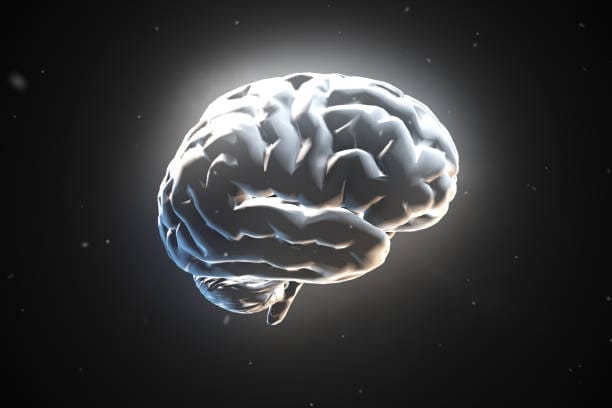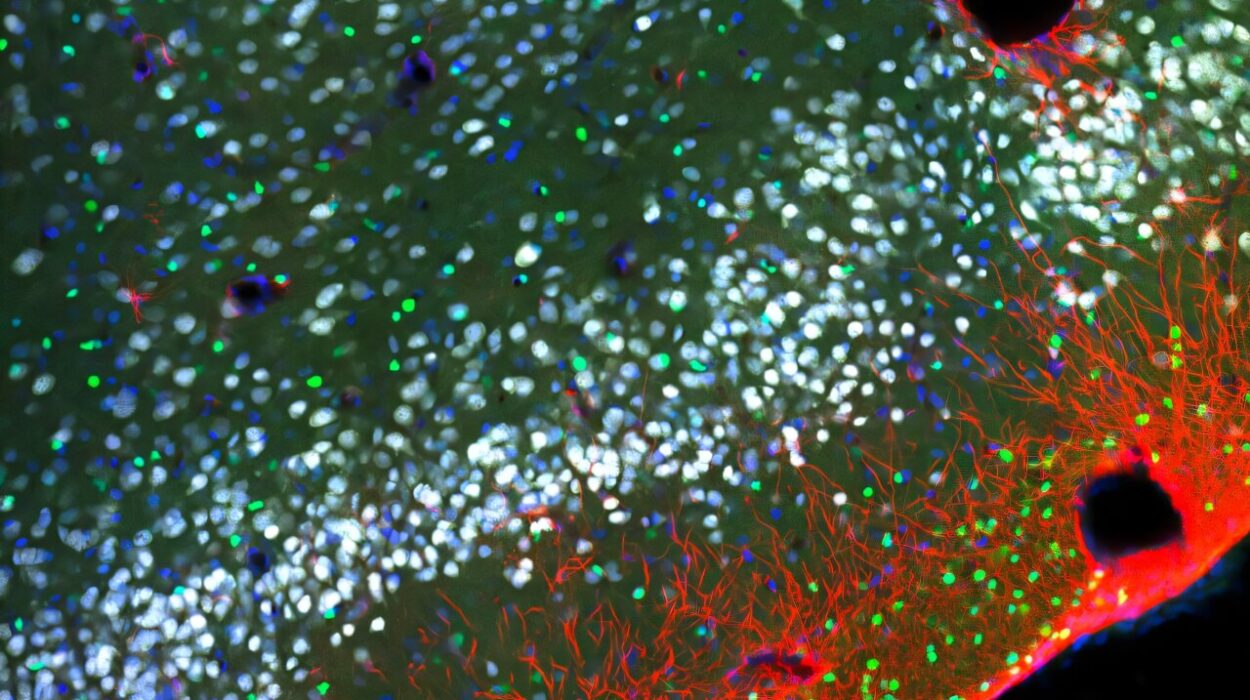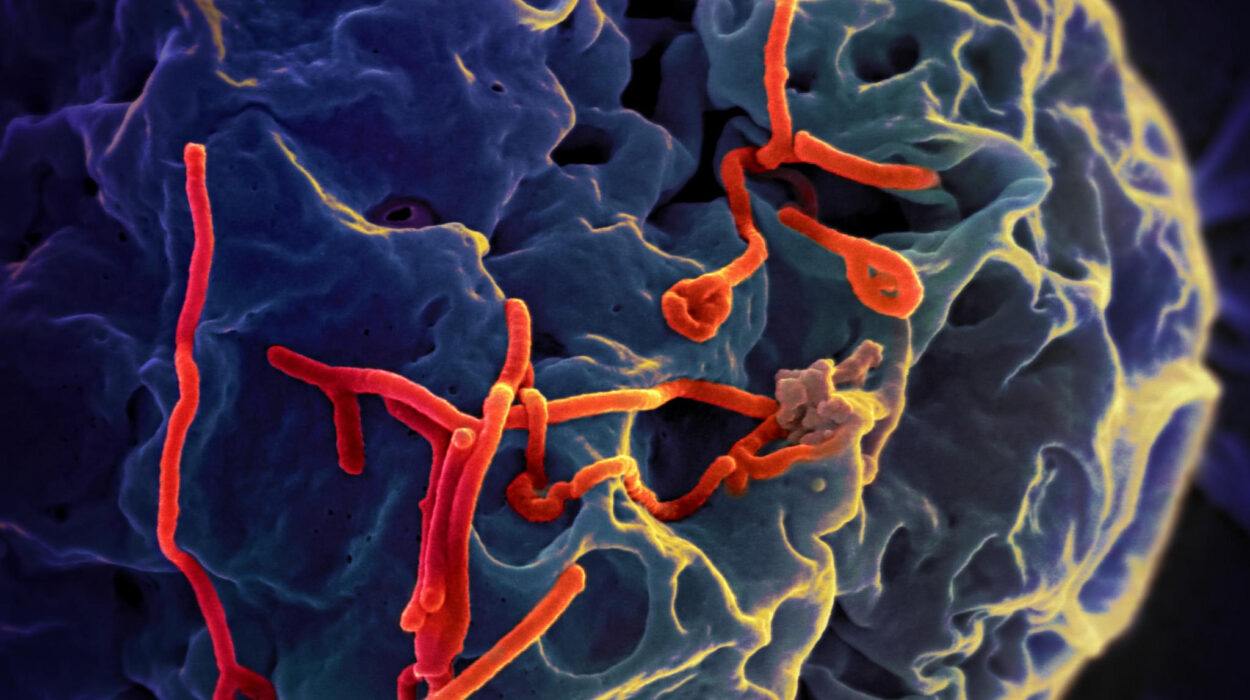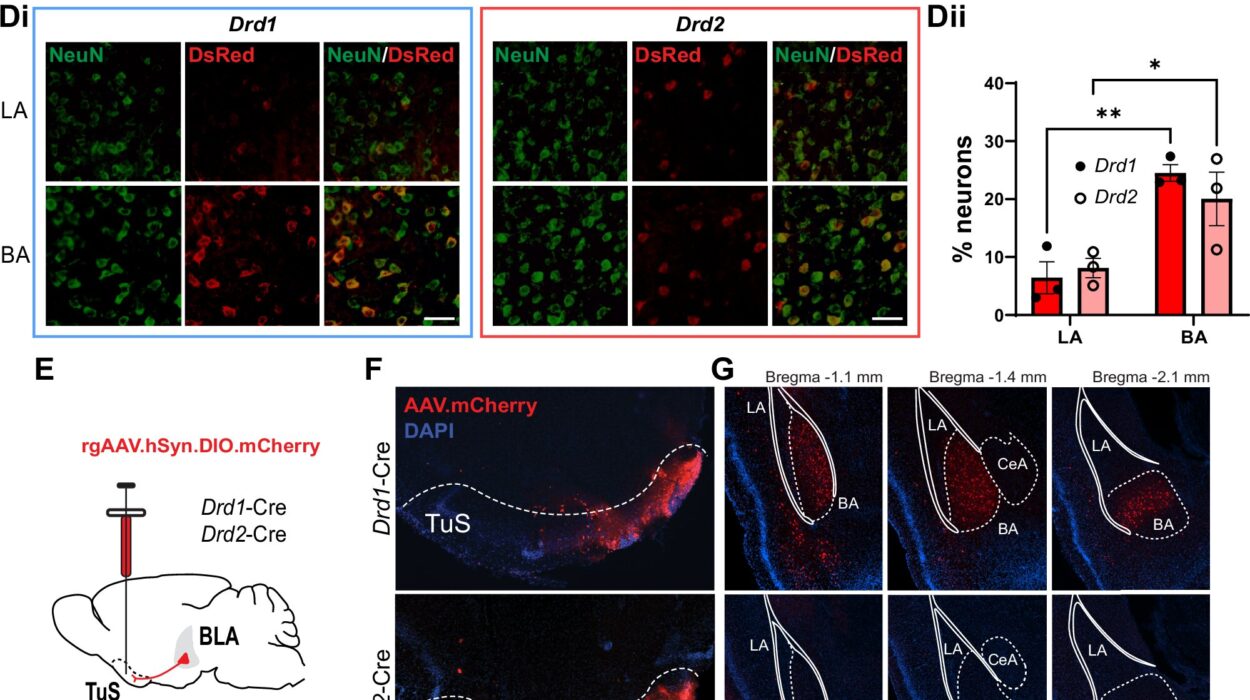Depression is more than a fleeting sadness or momentary blues. It is a profound, persistent darkness that alters the very fabric of the brain, reshaping thoughts, emotions, and behaviors. For millions worldwide, depression is a shadow that distorts perception, draining joy and hope. Yet beneath this emotional turmoil lies a complex, evolving biological reality. The brain—the organ of consciousness, memory, and feeling—undergoes profound changes during depression. Understanding how depression changes the brain is crucial, not only for advancing treatment but for restoring hope to those trapped within its grasp.
Depression, clinically known as Major Depressive Disorder (MDD), affects nearly 300 million people globally. It is a leading cause of disability and contributes significantly to the global burden of disease. Despite its prevalence, depression remains stigmatized and misunderstood. For many, it is invisible, silent, and internalized. Yet its effects ripple outwards—from subtle cognitive shifts to debilitating physical symptoms.
Scientists once thought depression was simply a chemical imbalance. This oversimplification has since evolved. Modern neuroscience reveals a much more intricate picture: depression involves structural and functional changes in multiple brain regions, altered neural connectivity, and disruptions in neurochemical signaling and neuroplasticity. In this article, we will journey into the brain’s depths to explore how depression reshapes neural circuits, impairs cognition, and rewires emotional responses.
The Architecture of Emotion: Brain Regions Affected by Depression
To grasp how depression changes the brain, we must first understand the key brain regions involved in mood regulation and emotional processing. These regions work in concert, forming a complex neural network that governs how we experience feelings, process memories, and respond to stress.
Among the most critical structures affected by depression are the prefrontal cortex, amygdala, hippocampus, and the anterior cingulate cortex. Each plays a distinct role, and depression alters their size, activity, and connectivity.
The prefrontal cortex (PFC) is often described as the brain’s executive center. It governs decision-making, attention, planning, and impulse control. Within the PFC, the dorsolateral prefrontal cortex is essential for cognitive control, while the ventromedial and orbitofrontal regions mediate emotional regulation and social behavior. Studies consistently show that depression is associated with decreased activity and reduced volume in parts of the PFC, particularly the dorsolateral region. This underactivity corresponds to the difficulty depressed individuals have in concentrating, making decisions, and regulating emotions.
In stark contrast, the amygdala—an almond-shaped cluster deep within the temporal lobe—often becomes hyperactive in depression. The amygdala is the brain’s emotional sentinel, crucial for detecting threats and processing fear and negative emotions. Its overactivity can heighten emotional reactivity, contributing to the intense feelings of sadness, anxiety, and irritability experienced during depressive episodes.
The hippocampus, vital for memory formation and spatial navigation, also suffers in depression. Multiple neuroimaging studies reveal that individuals with chronic depression tend to have a smaller hippocampus. This shrinkage is thought to result from prolonged stress and elevated cortisol levels damaging neurons or inhibiting neurogenesis—the birth of new neurons. The hippocampus’s deterioration may underlie the memory problems, rumination, and impaired learning seen in depression.
Lastly, the anterior cingulate cortex (ACC), which sits between the frontal lobes and limbic system, acts as a bridge linking emotion and cognition. The ACC integrates information about pain, emotion, and attention, helping us adapt behaviorally to emotional challenges. In depression, the ACC’s function is often disrupted, leading to difficulties in emotional regulation and heightened sensitivity to negative stimuli.
The Neurochemical Symphony: How Depression Alters Brain Chemistry
Beneath the changing architecture of the brain lies a dynamic chemical environment. Depression disturbs the delicate balance of neurotransmitters—chemical messengers that allow neurons to communicate.
The classic neurotransmitters implicated in depression are serotonin, norepinephrine, and dopamine. These molecules regulate mood, motivation, reward, and stress response. Early theories of depression posited a deficit of serotonin, giving rise to selective serotonin reuptake inhibitors (SSRIs), now widely prescribed antidepressants. However, the reality is far more nuanced.
Serotonin pathways, primarily arising from the brainstem’s raphe nuclei, influence emotional states, anxiety, and sleep. In depression, serotonin signaling may be diminished or dysregulated, leading to mood instability and disturbed sleep patterns. Norepinephrine, released from the locus coeruleus, modulates alertness and stress response. Its impairment contributes to fatigue, lack of focus, and blunted emotional reactions. Dopamine, produced in the midbrain’s ventral tegmental area, governs reward processing and motivation. Dopamine dysfunction can cause anhedonia—the inability to feel pleasure—which is a hallmark of depression.
But depression does not stem solely from neurotransmitter deficiencies. Recent research emphasizes the role of neuroinflammation—the activation of immune cells within the brain—as a critical factor. Elevated levels of pro-inflammatory cytokines have been found in depressed individuals, potentially disrupting neurotransmitter metabolism and neural plasticity. This discovery opens new avenues linking depression with systemic physical illnesses, such as autoimmune disorders and cardiovascular disease.
Neuroplasticity and the Impact of Stress
The brain is not static. It continuously rewires itself through a process called neuroplasticity, which allows adaptation to experiences, learning, and recovery from injury. Unfortunately, depression impairs neuroplasticity, creating a vicious cycle where the brain becomes less flexible and more prone to negative patterns.
Chronic stress, often a trigger for depression, floods the brain with cortisol, the primary stress hormone. While cortisol is adaptive in short bursts, prolonged exposure is toxic. It shrinks neurons in the hippocampus, suppresses neurogenesis, and damages synaptic connections. This physical remodeling contributes to cognitive decline and emotional dysregulation.
Studies show that depressed patients have lower levels of brain-derived neurotrophic factor (BDNF), a protein essential for neuron survival and synaptic plasticity. Low BDNF further inhibits the brain’s ability to heal and rewire, deepening depressive symptoms.
The good news is that effective treatments, including antidepressants, psychotherapy, exercise, and even certain forms of meditation, can restore neuroplasticity. They increase BDNF levels, promote neural growth, and help the brain form healthier connections.
Cognitive and Emotional Consequences of Brain Changes
The alterations in brain structure and chemistry manifest as profound cognitive and emotional symptoms. People with depression often experience pervasive sadness, hopelessness, and a diminished sense of self-worth. Cognitively, they may struggle with memory lapses, impaired concentration, and indecisiveness.
This cognitive slowing is partly explained by reduced prefrontal cortex activity and disrupted connectivity with limbic regions. The imbalance between the hyperactive amygdala and hypoactive PFC means negative emotions flood in unchecked, making it hard to regulate feelings or reframe thoughts.
Rumination—repetitive, negative thinking—is a common and destructive habit in depression. Neuroimaging reveals that during rumination, the default mode network (DMN)—a brain network active during rest and self-referential thought—becomes hyperactive. This persistent inward focus exacerbates feelings of worthlessness and despair.
Moreover, the impaired reward system, linked to dopamine deficits, makes it difficult for depressed individuals to experience pleasure or motivation. This anhedonia can erode social relationships and reduce engagement in activities, further deepening isolation.
Depression Across the Lifespan: Brain Changes in Children and Older Adults
Depression is not limited to adults; it affects children, adolescents, and the elderly, with unique neural impacts across the lifespan.
In children and teens, the brain is still developing, making it particularly vulnerable to the effects of depression. Research indicates that depressed youth show early signs of hippocampal and prefrontal cortex abnormalities, potentially setting the stage for chronic illness. Early onset depression is associated with greater cognitive and emotional impairment later in life, highlighting the need for timely intervention.
In older adults, depression can overlap with neurodegenerative changes, complicating diagnosis and treatment. The brain’s resilience decreases with age, and the combined effects of depression and aging may accelerate cognitive decline and increase the risk of dementia.
Healing the Depressed Brain: Treatments and Recovery
Understanding how depression changes the brain illuminates paths toward healing. Treatments aim to reverse or compensate for these neural alterations, restoring balance and promoting resilience.
Pharmacological treatments, including SSRIs, serotonin-norepinephrine reuptake inhibitors (SNRIs), and atypical antidepressants, work by modulating neurotransmitter systems. Though not instantaneous, they gradually rebalance chemical signaling and increase neuroplasticity.
Psychotherapy, especially cognitive-behavioral therapy (CBT), helps patients restructure negative thought patterns, improving prefrontal cortex function and emotional regulation. Mindfulness-based therapies encourage present-moment awareness and reduce rumination, calming hyperactive limbic regions.
Emerging treatments such as transcranial magnetic stimulation (TMS) and ketamine infusions target brain circuits directly, offering hope for treatment-resistant cases.
Lifestyle factors play a crucial role. Regular exercise increases BDNF, enhances mood, and improves cognition. Adequate sleep restores neural function, and social connection buffers stress and isolation.
The Future: Toward a More Compassionate Understanding of Depression
Depression changes the brain in ways that are tangible, measurable, and deeply impactful on human experience. Yet, these changes are not permanent sentences. The brain’s plasticity holds promise for recovery, given the right support and interventions.
Scientific advances continue to unravel the complexity of depression, moving beyond stigma toward understanding. Recognizing depression as a biological illness that reshapes the brain can foster empathy, reduce blame, and motivate innovation in treatment.
Most importantly, this knowledge reminds us that behind every diagnosis is a human being struggling to find light in the darkness. By illuminating how depression changes the brain, we take a vital step toward restoring hope and healing.






